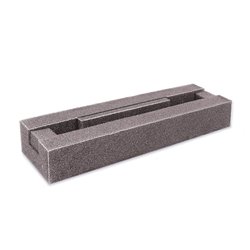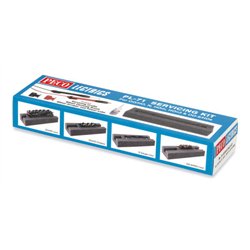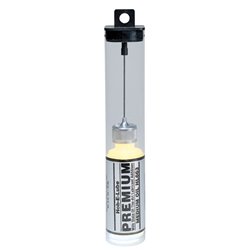Static grass puffer bottles work by manually charging model grass fibres with static electricity. When the charged...
No products
Product successfully added to your shopping cart
There are 0 items in your cart. There is 1 item in your cart.
Search Tips
Can continuous high speed usage damage the motor of my model locomotive?
Yes, continuous high speeds can damage the motor of a model locomotive. Running a model locomotive at high speeds for extended periods of time can put a lot of stress on the motor and gears, which can cause them to overheat, wear out more quickly or even fail.
Additionally, some model locomotives may not be designed to run at high speeds for extended periods, and may not be able to handle the increased load and stress, especially if they are hauling a significant wagon load. This can result in damage to the motor, gears or other components, which can be costly to repair or replace.
Scale speed is an interesting concept and is a good principle to apply to a model locomotive. We tend to perceive a locomotive as a model and as a result may well be running it at a higher speed than intended. For greatest realism, it is a good idea for the modeller to match their perspective to the scale of the layout and then match the speed of the locomotive to what appears to be in scale to the layout. This will inevitably reduce wear on moving parts and aid in the longevity of not only the locomotive but also the track and points in use on the layout.
It is important to follow the manufacturer's recommendations for operating speed and to avoid running the locomotive at high speeds for extended periods of time. When planning to run a locomotive at high speeds, it is a good idea to allow it to cool down and rest between runs. This will help to extend the life of the motor and gears and prevent damage to the locomotive.
Click here to receive the tips weekly in your mailbox. You can unsubscribe at any time.










